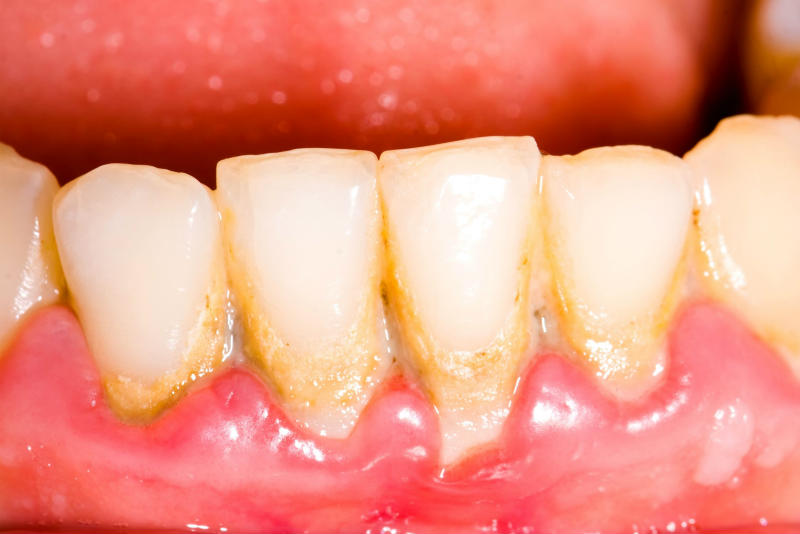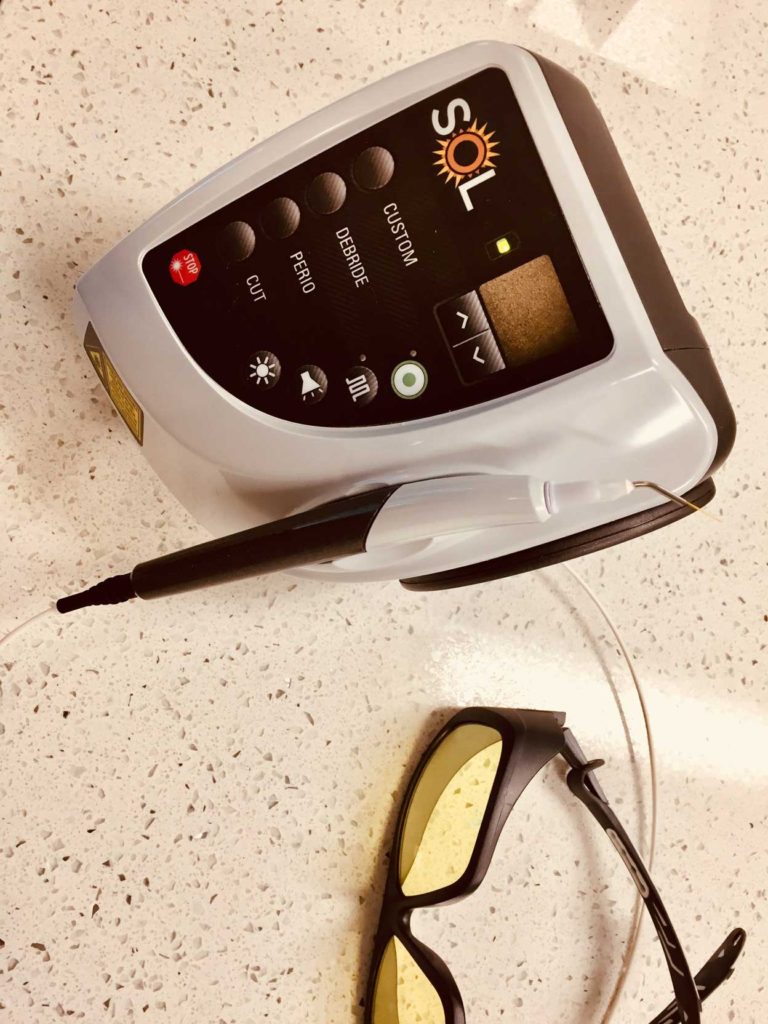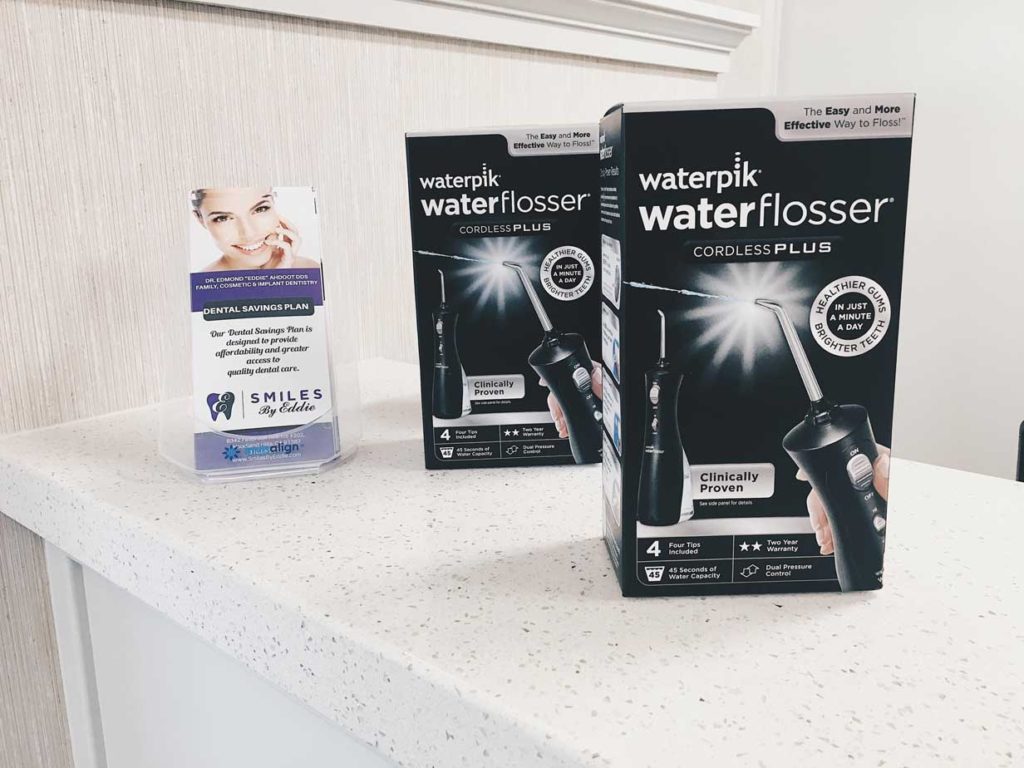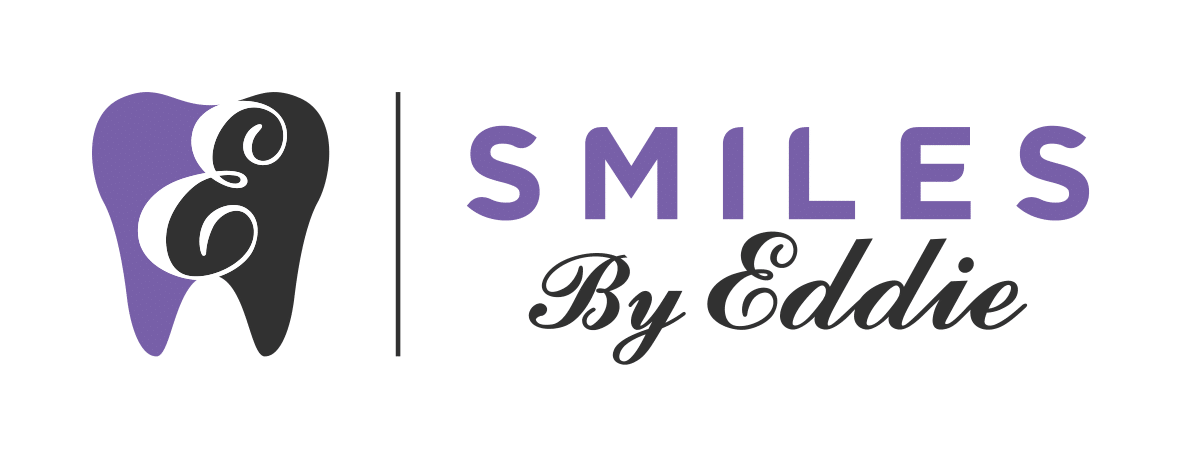Teeth and Gum Cleaning
Dental prophylaxis commonly known as teeth cleaning, is a critical procedure in which we not only remove plaque and tartar from your teeth, but we can also instruct and demonstrate proper oral hygiene care. Excessive plaque and tartar deposits can lead to gingivitis, or inflammation of the gums if left untreated. It is recommended that everyone get their teeth cleaned at least once every 6 months. If you have higher risk for periodontal disease due to age, tobacco use or medical conditions, it is recommended that you have your teeth cleaned more often.

What to expect during teeth cleaning?
It is important that before we start with the cleaning process, we have to do a physical exam of your entire mouth. Using a small mirror, we can check around your teeth and gums for any signs of gingivitis or other problems. If the patient doesn’t require any specific cleaning procedures, we are ready to start.
Removing plaque and tartar
Plaque is a sticky film containing bacteria that forms on the tooth surface
Tartar is a mineralized plaque that is hardened and difficult to remove with a tooth brush.

With the help of a scaler, we can get rid of plaque and tartar around the gum line and between the teeth. If there is a big amount of tartar on your teeth, we will need more time to perform the cleaning.
If you brush and floss on regular occasions, you will decrease the chance of plaque building up and hardening into tartar. Once the tartar is there, you can only have it removed with our help.
Laser gum therapy
As an alternative to the scaler, inflamed and bleeding gums can be treated with laser. This process is nearly painless as it requires no cutting or stitching of the gum tissue. The tartar is removed from the root surface of the tooth using a ultrasonic scaler and small instruments. After that a light is applied between the gum and teeth, thus removing the pathogenic bacteria.

How to take care of your teeth at home
The ideal way to clean your teeth is no mystery, even small changes in your home dental care can lead to long lasting teeth. Typically, by the age of 50, the average person will have crowns, bridges, partial prosthesis and sometimes even a full prosthesis. Brush your teeth regularly, and follow the steps below for a healthy habit:
- Brush your teeth twice per day, for at least two minutes
- Replace toothbrush every 3-4 months
- Brush all the surfaces of all your teeth including your tongue
- Use mouthwash that contains fluoride, that can help to prevent tooth decay
- Use dental floss, it will reduce gum diseases and bad breath
- Use Water picks, they can help remove food particles and might help reduce bleeding and gum disease


